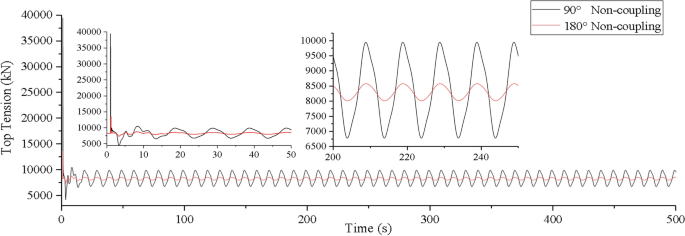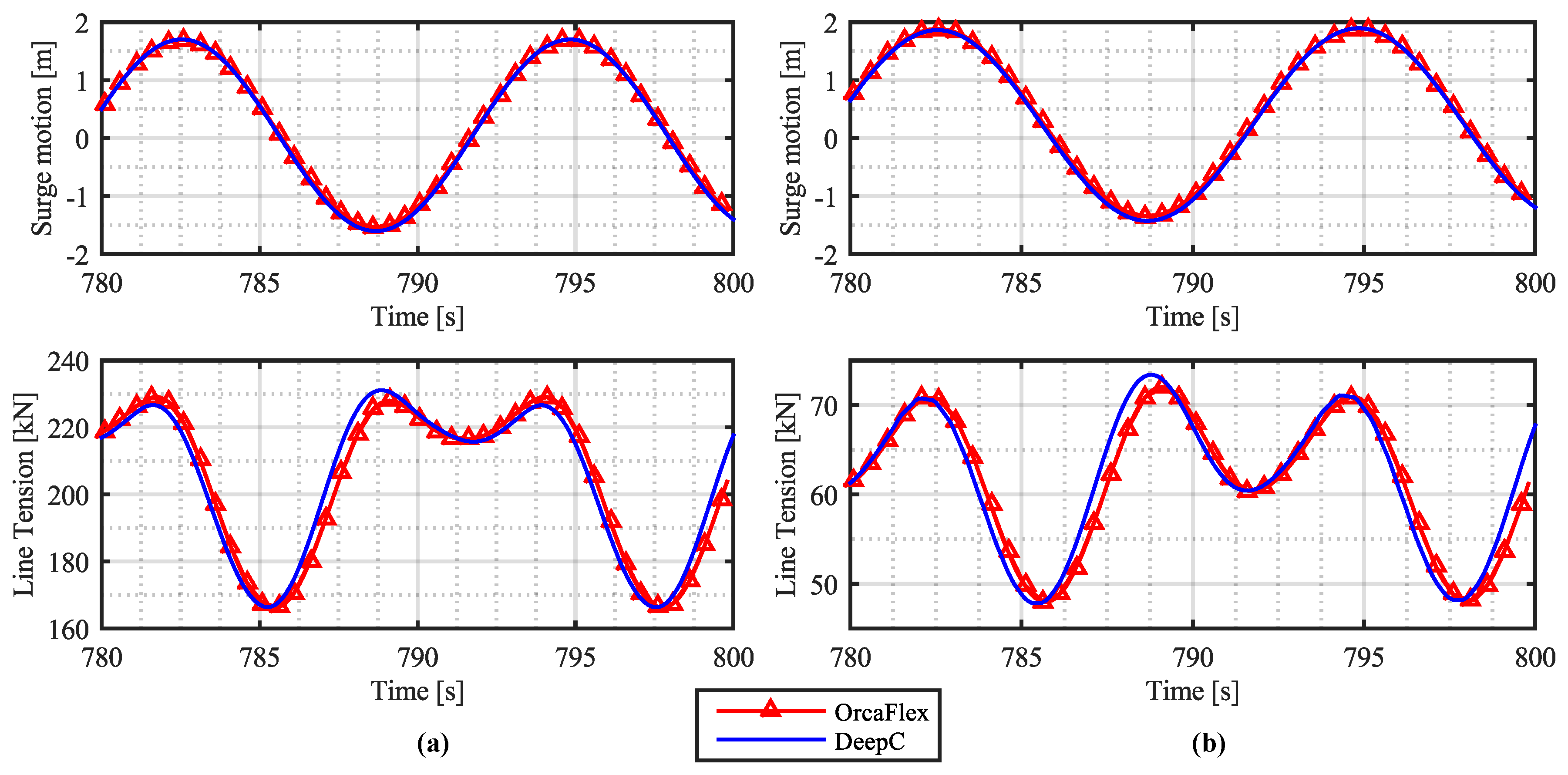

#Orcaflex web review software#
We utilise a suite of software including OPTIMOOR, MOSES and ORCAFLEX which are used to analyse at-berth and offshore scenarios such as: Our team of naval architects have extensive experience in undertaking all types of mooring and motions analysis, including quasi-static and fully dynamic modelling, and the non-linear effects of lines / fenders. Quantitative Risk Analysis (QRA): We are able to quantify risk for the frequency of occurrence and impact energies in scenarios such as collisions, allisions, groundings, dropped objects, anchors striking subsea pipelines and cables.Īnalysis of the above scenarios can be used in project option review, risk-based design or project cost-benefit studies and is undertaken using commercial IWARP risk assessment software, coupled with our bespoke multi-purpose software packages BRAEVURA, using Automatic Identification System (AIS) data to model vessel movements, and AB IMPACT, using AIS data for undertaking grounding and allision risk analysis under the various combined effects of wind, wave, current and vessel anchor drag for free-drifting and powered vessel movements.

Our Hazards and Effects Register is completed using our in-house bespoke Risk Management Tool that has been designed to be populated during the HAZID with the consensus of the attendees thereby allowing straightforward preparation of the Register. We have chaired and facilitated numerous on-site and remote HAZID workshops on the frequency and consequence of risks associated wit vessel navigation, waterway operations and harbour modifications including temporary works, proposed construction and completed structures. Navigational Risk Assessment: Our master mariners with pilotage experience provide an experienced-based approach to navigational risk together with our risk analysts and bespoke risk modelling tools (described below), we comprehensively review navigational risk and recommend effective mitigation strategies.We offer various approached to assess and review marine risk including Navigational Risk Assessments using Hazard Indentification (HAZID) workshops and Quantitative Risk Analysis (QRA). These projects have included marine studies for terminal modifications, port expansions and greenfield port development. Our port development services have been used to assist port authorities and engineering consultancies with projects ranging from concept and feasibility, through to front end engineering and design (FEED) and detailed design stages.


 0 kommentar(er)
0 kommentar(er)
